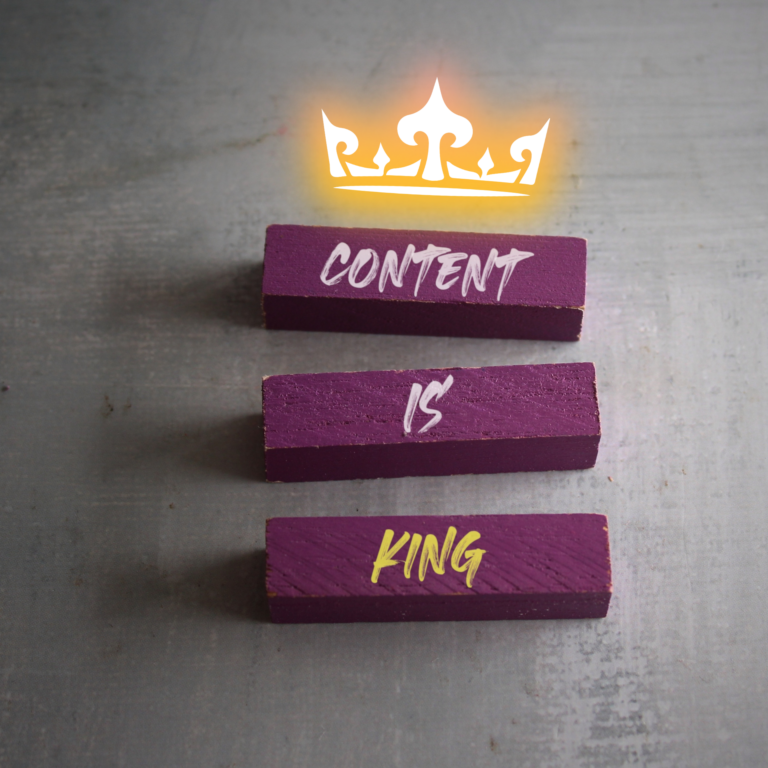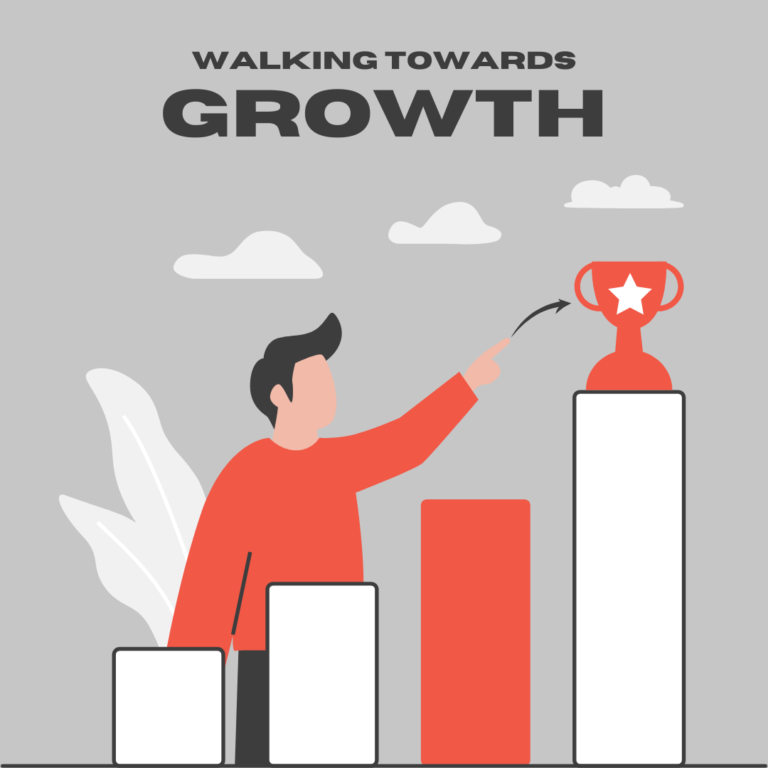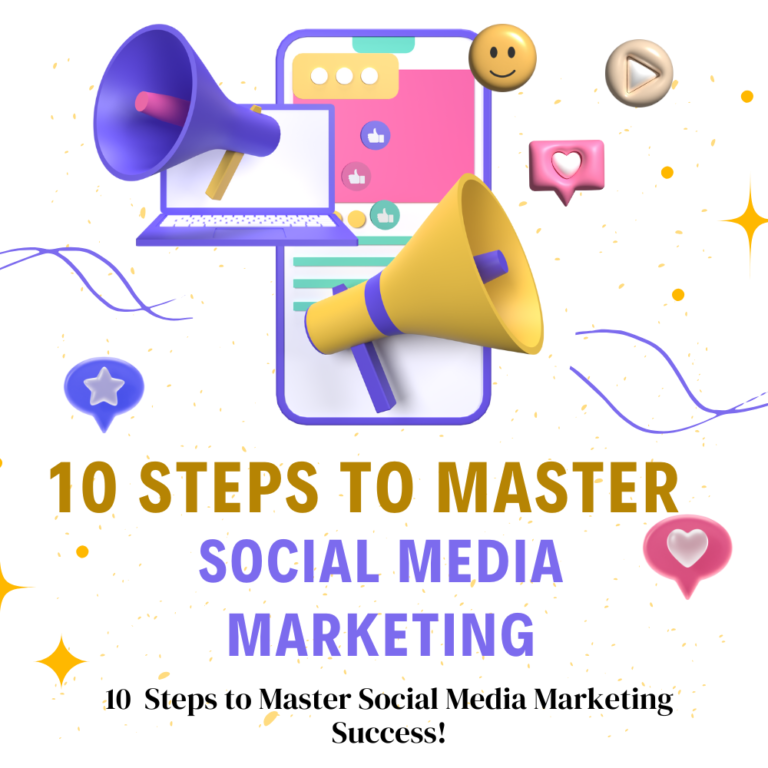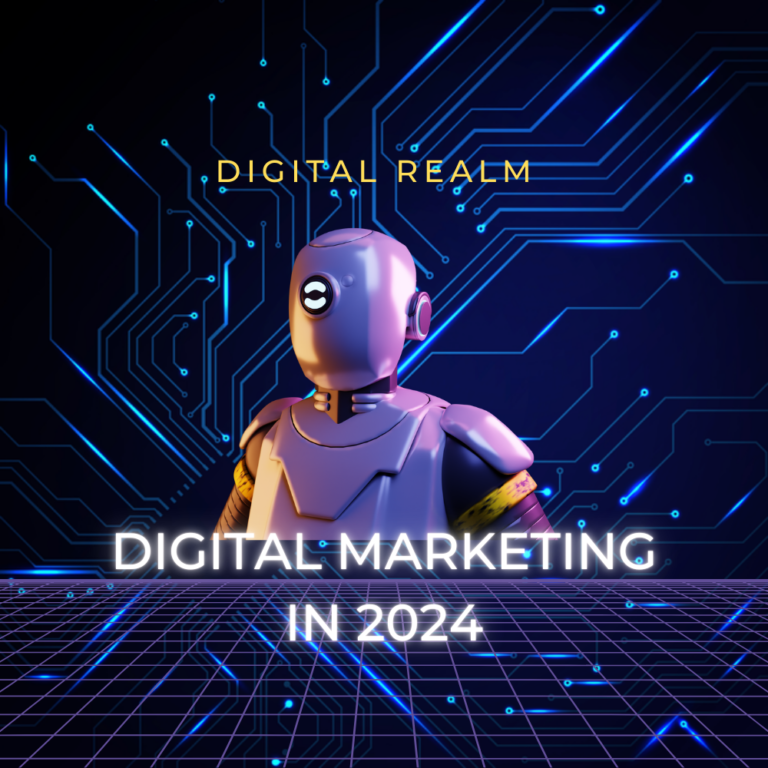The Evolution of Digital Marketing in India: From Early Days to Future Trends
Introduction
Digital marketing in India has transformed from basic internet advertising to a complex ecosystem of AI-driven, personalized experiences reaching millions.
This blog explores how digital marketing started in India, key phases in its evolution, and the future it holds.
We’ll highlight significant milestones and real-life examples that have shaped digital marketing, creating a roadmap for understanding its impact on the Indian economy.

1. The Early Days: Digital Marketing Takes Root in India
Digital marketing in India began in the late 1990s and early 2000s when the internet was still a novelty.
During this period, advertising efforts were limited to banner ads, emails, and static web pages with minimal interactivity.
Companies such as Rediff.com, one of India’s earliest websites, used email newsletters and banner ads to reach early internet users.
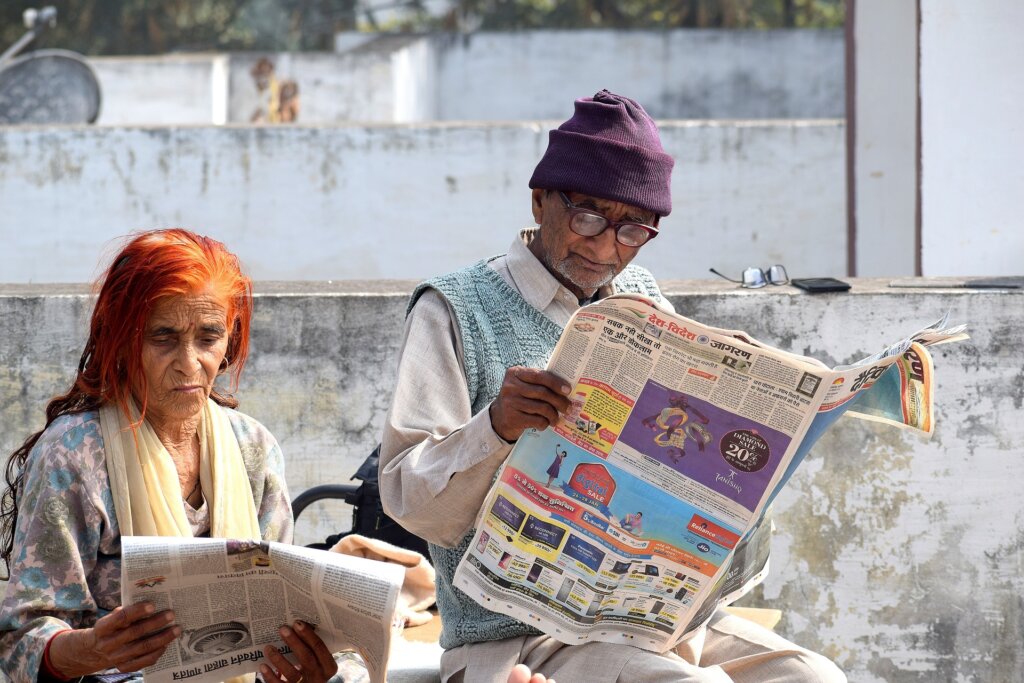
The First E-Commerce Experiences
As digital marketing in India grows exponentially, businesses are discovering new ways to connect with audiences across regions.
Early Indian e-commerce websites, including Indiatimes Shopping and Rediff Shopping, marked a turning point by utilizing basic digital advertising to attract consumers.
MakeMyTrip, launched in 2000, was a pioneering force in India’s online travel booking industry.
The brand’s email and display advertising encouraged travelers to adopt online booking and built trust in digital transactions—a crucial step in creating a digital-first consumer mindset in India.
Google’s Impact
Google Ads made its way to India in the early 2000s, introducing Indian brands to the concept of pay-per-click (PPC) advertising.
Large corporations initially adopted PPC due to its cost and technical requirements, but it demonstrated that digital platforms could reach a vast audience with precision.
2. 2008-2015: The Rise of Social Media and Mobile Marketing
As social media platforms like Facebook (2006), Twitter (2008), and LinkedIn (2009) gained popularity in India, they revolutionized how brands interacted with consumers.
Social media provided a two-way communication channel that fostered a stronger connection between brands and consumers.
Brands soon recognized that social media could increase engagement and help build brand loyalty.
Case Study: Cadbury’s “Shubh Aarambh” Campaign
Cadbury India’s “Shubh Aarambh” campaign utilized Facebook to connect with consumers by positioning Cadbury products as the perfect start to any celebration.
This campaign resonated with audiences and established a template for other brands to leverage India’s culturally rich festivals and traditions on social media platforms.
The Mobile Revolution
With the introduction of affordable smartphones and mobile internet, mobile marketing quickly took center stage.
By 2015, over 300 million Indians had internet access, primarily on mobile devices.
This led to the rise of app-based marketing, with Flipkart, Amazon, and Snapdeal leading the e-commerce charge through their mobile applications.
SMS and Email Marketing
SMS and email marketing flourished during this time, especially among banks and retail brands.
ICICI Bank, HDFC, and various telecom companies used SMS extensively to update customers on account activities, promotions, and product launches.
It was an effective way to communicate directly with consumers in real time.
3. 2015-2020: “Digital India” Initiative and the Rise of Video Content
The years following 2015 were pivotal in India’s digital marketing landscape, with two major developments: the government’s “Digital India” initiative and the influence of video marketing.
The “Digital India” Movement
Launched in 2015, the “Digital India” initiative aimed to provide high-speed internet access to rural areas, encouraging even small businesses to embrace digital platforms.
For instance, Jio’s disruptive entry into the telecom industry in 2016 provided affordable data plans, enabling millions of Indians to access high-speed internet.
This data boom opened new opportunities for digital marketers to reach a massive, previously untapped audience.
The Demonetization Push
The 2016 demonetization spurred a wave of digital payment adoption in India.
Apps like Paytm, PhonePe, and Google Pay saw unprecedented growth as people relied on digital transactions.
For digital marketers, this shift meant that customers were becoming more comfortable with online payments, creating a wider base of potential buyers for e-commerce and digital services.
Video Content and Influencer Marketing
The rise of YouTube, Facebook, and later TikTok gave brands the perfect platforms for video marketing.
By 2020, video had become the most engaging form of content, with brands like Swiggy and Zomato creating short-form videos that resonated with young audiences.

Example: Amul’s YouTube Strategy
Amul, known for its engaging billboard ads, also embraced YouTube by creating videos that humorously reflected social issues, celebrating India’s pop culture.
This expanded its brand presence online and attracted a younger audience, illustrating the effectiveness of aligning digital strategies with audience preferences.
4. 2020 Onwards: Post-Pandemic Surge and Emerging Digital Marketing Trends
The COVID-19 pandemic was a turning point for digital marketing in India. As physical retail faced constraints, digital became the primary channel for customer engagement.
The pandemic accelerated digital adoption across sectors, including education, healthcare, and retail.
E-Commerce Growth During the Pandemic
With lockdowns limiting physical shopping, Indian consumers turned to online retailers for daily needs.
Brands such as Amazon, Flipkart, BigBasket, and Grofers reported significant growth, highlighting the potential of e-commerce.
Smaller retailers also began to adopt digital platforms, turning to social media and WhatsApp Business to keep their businesses operational.
EdTech and HealthTech’s Digital Boom
EdTech giants like BYJU’S and Unacademy capitalized on the shift towards online learning by investing heavily in digital marketing.
Similarly, healthcare platforms like Practo and Apollo 24|7 used digital channels to connect with patients, leveraging social media ads, SEO, and email marketing to expand their reach.
Personalization and Hyper-Local Targeting
With increased screen time, marketers focused on delivering personalized content.
Platforms like Google and Facebook provided tools for hyper-local targeting, allowing businesses to tailor their ads to specific neighborhoods or even apartment complexes, enhancing engagement and relevance.
Case Study: Swiggy’s Hyperlocal Ads
Swiggy leveraged hyperlocal advertising to target users based on their specific locations.
During the lockdown, it used location data to offer neighborhood-specific deals, creating personalized offers that drove conversions and enhanced customer loyalty.
As we explore the future of digital marketing in India, it’s essential to stay ahead of the curve and embrace emerging trends.
The journey of digital marketing in India shows a mix of new ideas and flexibility, helping brands connect better with their customers.

5. Emerging Trends Shaping the Future of Digital Marketing in India
Digital marketing in India is set to evolve with emerging technologies and audience expectations, positioning itself for further growth in the coming years.
Artificial Intelligence (AI) and Machine Learning (ML) Integration
AI and ML are reshaping digital marketing by analyzing large datasets, enabling personalized recommendations, and predicting customer behavior.
For example, chatbots powered by AI are now a standard feature on e-commerce sites, providing real-time customer support.
Haptik, an AI-powered chatbot provider, has enabled companies like OYO Rooms to enhance their customer service, illustrating the efficiency and effectiveness of AI in digital marketing.
Voice Search Optimization
Voice search is rapidly gaining popularity in India, where users are increasingly comfortable using devices like Amazon Alexa and Google Home.
Digital marketers are optimizing content to accommodate voice search by using natural language and conversational keywords.
Rise of Short-Form Video Content
With Instagram Reels and YouTube Shorts, short-form videos have become crucial for reaching audiences, especially the younger demographic.
Brands are now investing in short, engaging videos that convey their message quickly and effectively.
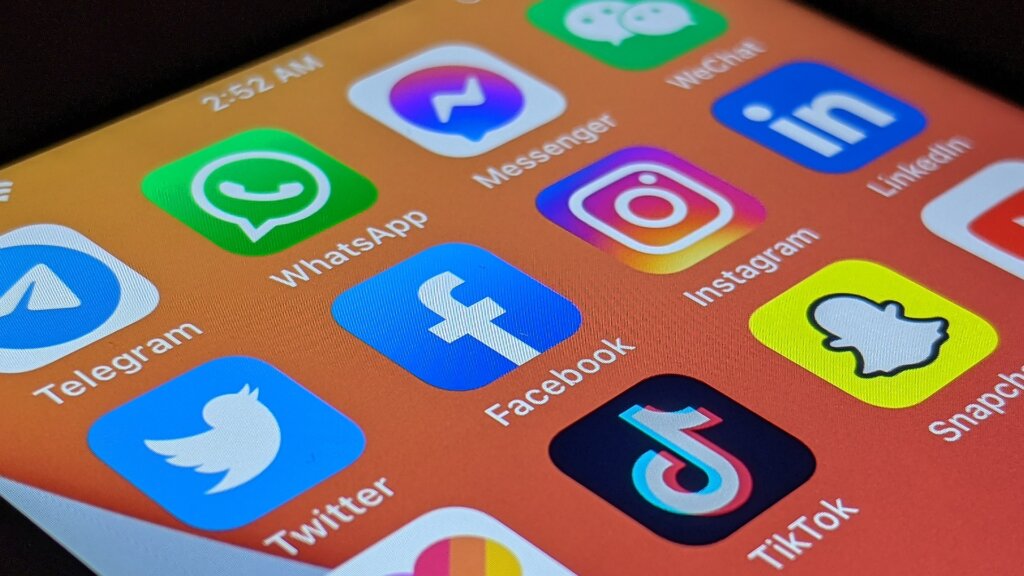
Example: Myntra’s Instagram Reels Strategy
Myntra, a leading fashion e-commerce platform, frequently uses Instagram Reels to showcase outfit ideas, seasonal trends, and influencer collaborations.
This approach resonates well with fashion-forward consumers, providing quick, engaging, and relatable content.
Blockchain in Digital Marketing
Blockchain technology has the potential to increase transparency in digital marketing, providing more control over data for both brands and consumers.
Advertisers can use blockchain to track the authenticity and performance of their ads, ensuring better return on investment.
The Shift to Vernacular Content
With the increasing number of rural internet users, brands are investing in content in regional languages.
Platforms like ShareChat and Moj have capitalized on this demand by providing content in multiple Indian languages, connecting brands to new consumer segments and enhancing accessibility.
Example: ShareChat’s Regional Language Strategy
ShareChat has become a popular social media platform in India by offering content in over 15 Indian languages.
Brands advertising on ShareChat are able to reach diverse audiences across India by speaking in a language that resonates with users on a personal level.
6. Challenges in Digital Marketing in India
Despite its growth, digital marketing in India has challenges that brands must address to succeed.
Data Privacy and Regulations
With the introduction of India’s Personal Data Protection Bill, brands now need to prioritize data privacy and transparency.
Building consumer trust through secure data practices is essential as privacy concerns grow among Indian consumers.
Ad Fatigue and Content Saturation
As digital ad spending increases, consumers are experiencing “ad fatigue.”
Brands need to focus on creating engaging and valuable content to avoid overwhelming audiences with too many ads.
Cultural and Language Diversity
India’s linguistic and cultural diversity requires brands to adapt content for different regions.
A campaign successful in North India may not resonate in South India, so marketers must localize their strategies to accommodate diverse preferences and languages.
7. The Future of Digital Marketing in India
Digital marketing in India is poised for significant growth as technology continues to evolve and more consumers come online. Key trends which will shape the future include:
- Augmented Reality (AR) and Virtual Reality (VR): AR and VR are set to redefine customer experiences. Brands can use these technologies for virtual try-ons and immersive experiences, bridging the gap between online and in-store shopping.
- 5G Adoption: With the roll-out of 5G, digital marketers will be able to deliver faster and richer multimedia content, enhancing mobile marketing strategies.
- Sustainability in Marketing: Indian consumers are increasingly conscious of sustainability. Brands that prioritize eco-friendly practices in their marketing will resonate better with this audience.
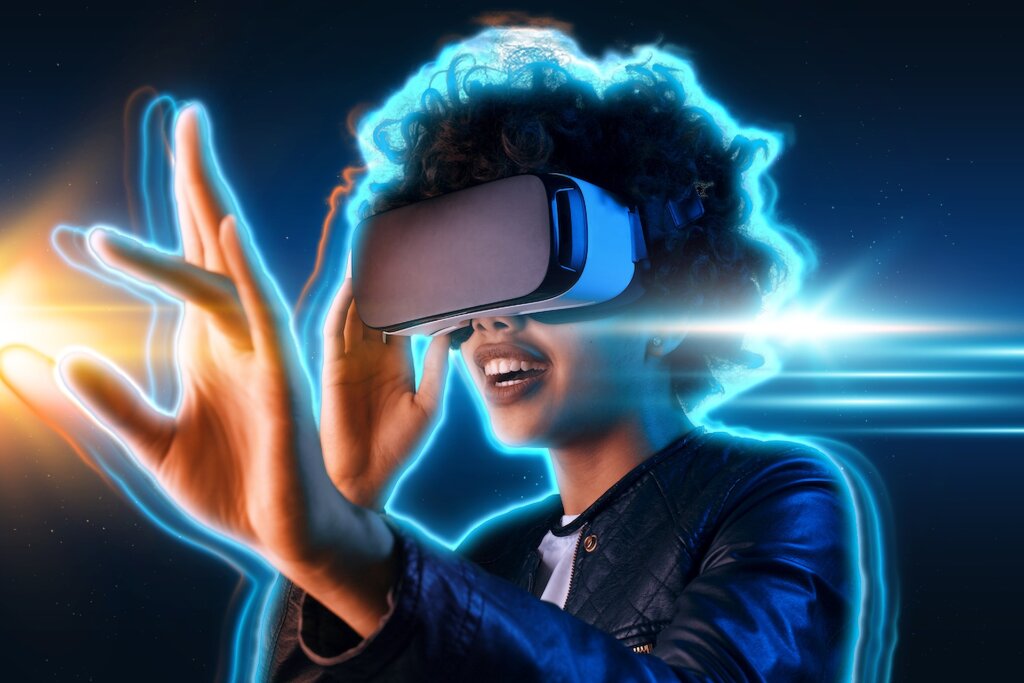
Conclusion
The journey of digital marketing in India reflects the country’s rapid adoption of technology, evolving consumer behavior, and entrepreneurial spirit.
From simple banner ads to sophisticated AI-driven campaigns, digital marketing has become an essential component of Indian businesses.
As digital platforms continue to evolve, brands in India have an immense opportunity to reach a diverse and tech-savvy population.
By staying attuned to trends and understanding local preferences, digital marketers can harness the power of digital channels to drive growth, build trust, and create lasting connections with consumers.
As digital marketing continues to evolve, it’s crucial for businesses to adapt and leverage these trends. Businesses can increase their presence with the help of digital marketing services.

